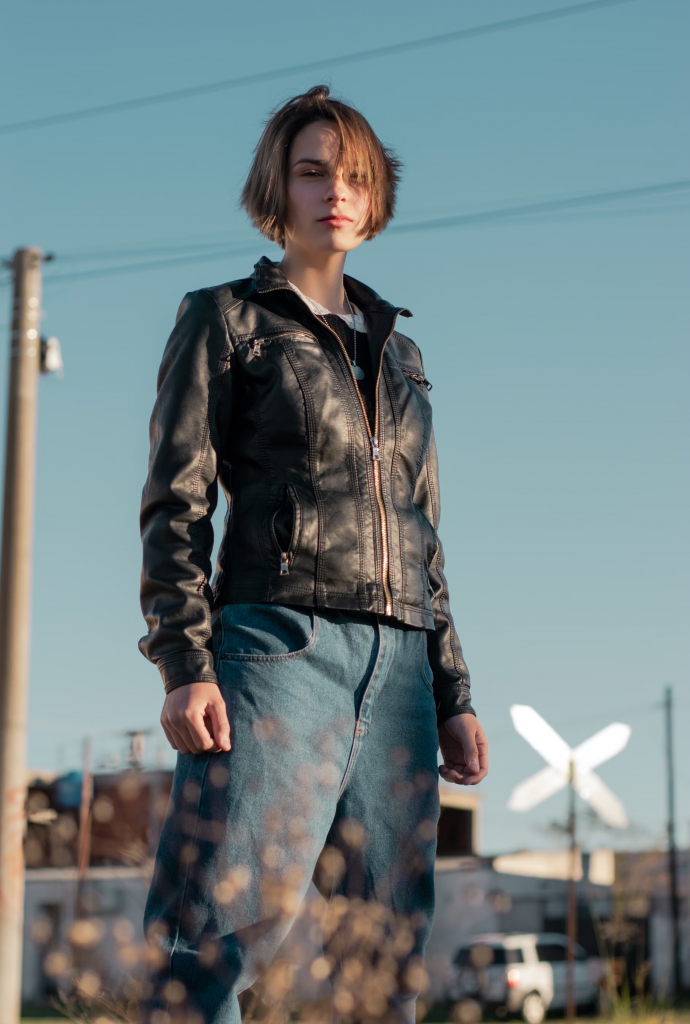The history of jackets in the realm of fashion is a fascinating journey that spans centuries, reflecting the dynamic nature of style and the ever-changing preferences of individuals. From their humble origins to becoming iconic pieces in modern wardrobes, jackets have evolved through various styles, materials, and cultural influences. This article will delve into the extensive history of jackets, exploring their evolution and examining the enduring and emerging trends that have shaped their popularity.
I. The Early Years: Origins and Functionality
The concept of a jacket dates back to ancient civilizations, where early humans crafted rudimentary outer garments for protection against the elements. Initially, these garments were primarily utilitarian, designed to shield individuals from rain, wind, and cold temperatures. In medieval Europe, for instance, the jerkin emerged as a waist-length, sleeveless jacket worn for both practical and decorative purposes. It laid the foundation for the diverse range of jackets that would follow in the centuries to come.

II. The Renaissance: Fashion as an Expression
The Renaissance era marked a significant shift in the role of clothing, as garments began to be viewed not only as functional items but also as a means of self-expression and status. The doublet, a close-fitting jacket with intricate embellishments, became a symbol of wealth and social standing. This period laid the groundwork for the intertwining of fashion and identity, a concept that continues to shape the industry today.
III. The Victorian Era: Tailoring and Structure
The Victorian era witnessed a proliferation of tailored jackets, emphasizing structure and formality. The frock coat, a long, fitted jacket with a defined waist, became a staple for men, while women embraced the fitted bodices and tailored jackets that complemented the elaborate skirts of the time. This era’s emphasis on tailoring contributed to the enduring association between jackets and sophistication.
IV. The 20th Century: Revolution in Style
The 20th century brought about revolutionary changes in fashion, and jackets evolved to reflect the shifting societal norms. The leather jacket gained popularity in the 1950s and 1960s, symbolizing rebellion and counterculture. Meanwhile, the blazer and bomber jacket became synonymous with casual elegance. The latter half of the century saw the rise of iconic jacket styles, such as the denim jacket, which became a symbol of youth culture and laid-back fashion.

V. Contemporary Trends: Versatility and Diversity
In the 21st century, jackets have transcended their traditional roles and have become versatile pieces that cater to diverse lifestyles. The athleisure trend has given rise to sporty jackets that seamlessly blend fashion and functionality. High-tech materials and innovative designs have led to the popularity of performance jackets that cater to outdoor enthusiasts and urban dwellers alike.
VI. Sustainable Fashion: Ethical Choices in Jacket Design
As society becomes increasingly conscious of environmental issues, the fashion industry has responded with a growing emphasis on sustainability. This shift is evident in the popularity of eco-friendly materials, recycled fabrics, and ethical production practices in the manufacturing of jackets. Consumers now seek not only stylish designs but also environmentally responsible choices in their wardrobe.
VII. The Role of Celebrity Influence
Celebrity endorsements and collaborations have played a pivotal role in shaping jacket trends. From Hollywood icons to music sensations, celebrities have propelled certain styles into the spotlight, making them must-have items for fans and fashion enthusiasts alike. Social media platforms further amplify these influences, creating a rapid cycle of trends that captivate global audiences.

VIII. Future Prospects: Technology and Innovation
Looking ahead, the future of jackets in fashion is likely to be shaped by technological advancements and innovative design. Smart textiles, integrated wearable technology, and sustainable innovations are poised to redefine the landscape of jacket design. As fashion continues to intersect with technology, jackets may become more than just garments – they could evolve into interactive, adaptive elements that cater to the needs of the modern consumer.
In conclusion, the history of jackets in fashion is a rich tapestry woven with threads of functionality, self-expression, and societal evolution. From their utilitarian beginnings to their current status as iconic wardrobe staples, jackets have stood the test of time, adapting to changing tastes and cultural shifts. As we navigate the dynamic landscape of fashion, one thing remains certain – jackets will continue to be an integral part of the ever-evolving narrative of style. Whether reflecting the spirit of rebellion, embracing sustainability, or incorporating cutting-edge technology, jackets will undoubtedly play a central role in shaping the fashion landscape for generations to come.



